Phishing scams continue to evolve, posing a significant risk to online users. Our recent blog, “Can You Spot a Phishing Scam?”, highlighted the need for awareness. Today, we delve deeper into how these scams have transformed, what you should watch for, and how Gibsland Bank & Trust (GBT) is at the forefront of combating these threats.
How have phishing scams evolved over the last decade?
Phishing tactics have grown more sophisticated. Previously, these scams were easily spotted due to poor grammar or suspicious email addresses. Now, they often mimic legitimate communications almost perfectly, making them harder to detect.
What are the newest methods used by phishers targeting bank customers?
Recent methods include spoofing bank phone numbers and using fake mobile banking apps to steal credentials. Always verify communication directly with your bank through official channels.
How can I identify a phishing scam that uses artificial intelligence?
AI-driven phishing scams personalize fake messages based on your behavior. Look for anomalies in email addresses, links, and the request’s context—no genuine bank would ask for your password or PIN via email.
What future trends in phishing should I be aware of to protect my finances?
Phishing is likely to become more targeted. As data analytics and AI become more advanced, expect phishing attempts that are highly customized to individual financial behaviors.
How does GBT Bank stay ahead of the latest phishing techniques?
GBT Bank invests in cutting-edge security technologies and continuous staff training to recognize and react to new phishing patterns quickly.
What role does technology play in combating advanced phishing threats?
Technology, especially machine learning and behavioral analytics, plays a crucial role. It helps in identifying and flagging unusual activities that could indicate phishing attempts.
How can machine learning detect phishing attempts more effectively?
Machine learning algorithms analyze vast amounts of data to detect anomalies in transaction patterns and user behavior that may suggest phishing activities.
What are the signs of a sophisticated phishing email?
Look for subtle signs such as slight misspellings in URLs or sender addresses, unusual requests, or emails sent at odd hours.
How do scammers use social media for phishing attacks?
Scammers use fake profiles or hacked accounts to send malicious links or deceptive messages. Always verify friend requests and messages, especially those soliciting information or money.
What measures should customers take to protect against evolving phishing scams?
Use multi-factor authentication, regularly update passwords, and stay informed about the latest phishing techniques. Regularly review account statements and sign up for account alerts.
How often do phishing techniques change, and why is continuous education important?
Phishing techniques can change rapidly due to advances in technology and shifts in user behavior. Continuous education helps users stay aware of new threats.
What are some examples of phishing scams that have targeted GBT Bank customers?
Examples include emails pretending to be customer service asking for verification of account details, or fake alerts claiming unusual account activity.
How can I report new types of phishing scams to my bank?
Contact GBT Bank immediately if you suspect a phishing attempt. Use official communication channels listed on the bank’s website.
Are there any upcoming security features that can help protect against phishing?
GBT Bank is continually updating its security measures, including advanced fraud detection systems and enhanced user authentication protocols.
How do mobile phishing attacks differ from traditional ones?
Mobile phishing can involve fake apps or malicious software downloaded onto mobile devices, often through third-party app stores or via SMS.
What are some real-life examples of advanced phishing scams?
Real-life examples include targeted attacks on corporate email systems where attackers pose as senior executives to request fraudulent wire transfers.
How can community awareness help in preventing phishing scams?
Community education programs can dramatically reduce phishing success rates. Sharing knowledge about common signs and preventive measures can protect more people.
What are the most effective ways to educate others about the dangers of phishing?
Organizing workshops, sharing articles, and regular updates about new phishing techniques can help educate a broad audience.
Staying ahead of phishing scams requires vigilance and ongoing education. GBT Bank is dedicated to providing you with the resources and tools to keep your personal and financial information secure. Visit our security center for more tips and updates.
For more detailed information on these topics, visit our news and events page.
External Resources:
- Federal Trade Commission (FTC) – Phishing: The FTC offers comprehensive advice on how to recognize and avoid phishing scams, which is essential for both individuals and businesses. You can find more detailed information on their page about phishing here.
- Cybersecurity and Infrastructure Security Agency (CISA): CISA provides extensive resources and guidance on protecting against phishing, malware, and ransomware. They offer tools and services to help secure individuals and organizations from cyber threats. More about their phishing prevention strategies can be found here.
- Cybersecurity Guide: This website includes information on how phishing scams work and advice on how to protect yourself. It offers insights into different phishing tactics like spear phishing and smishing, which could be particularly useful for enhancing understanding of these threats. Check out their guide here.

